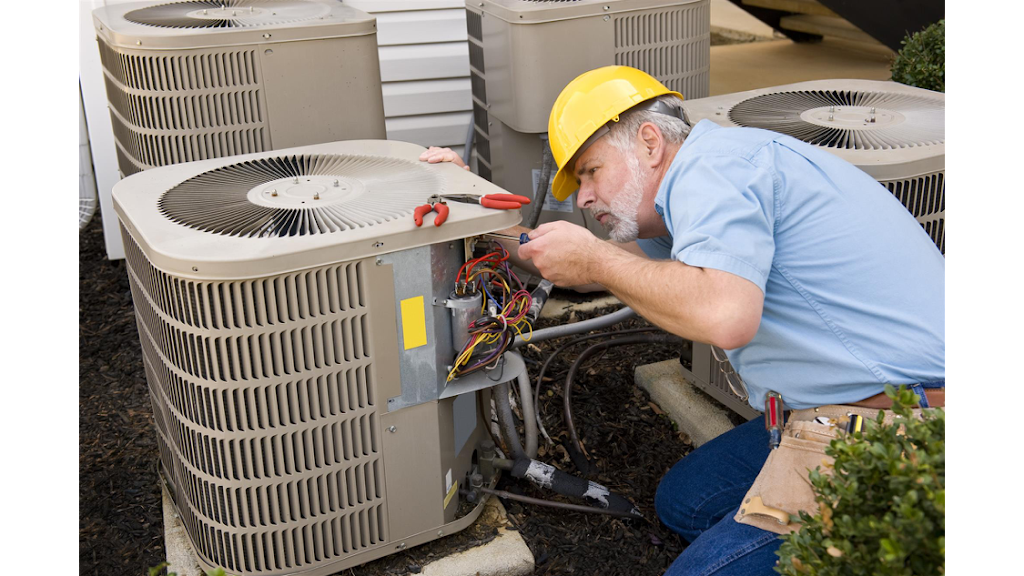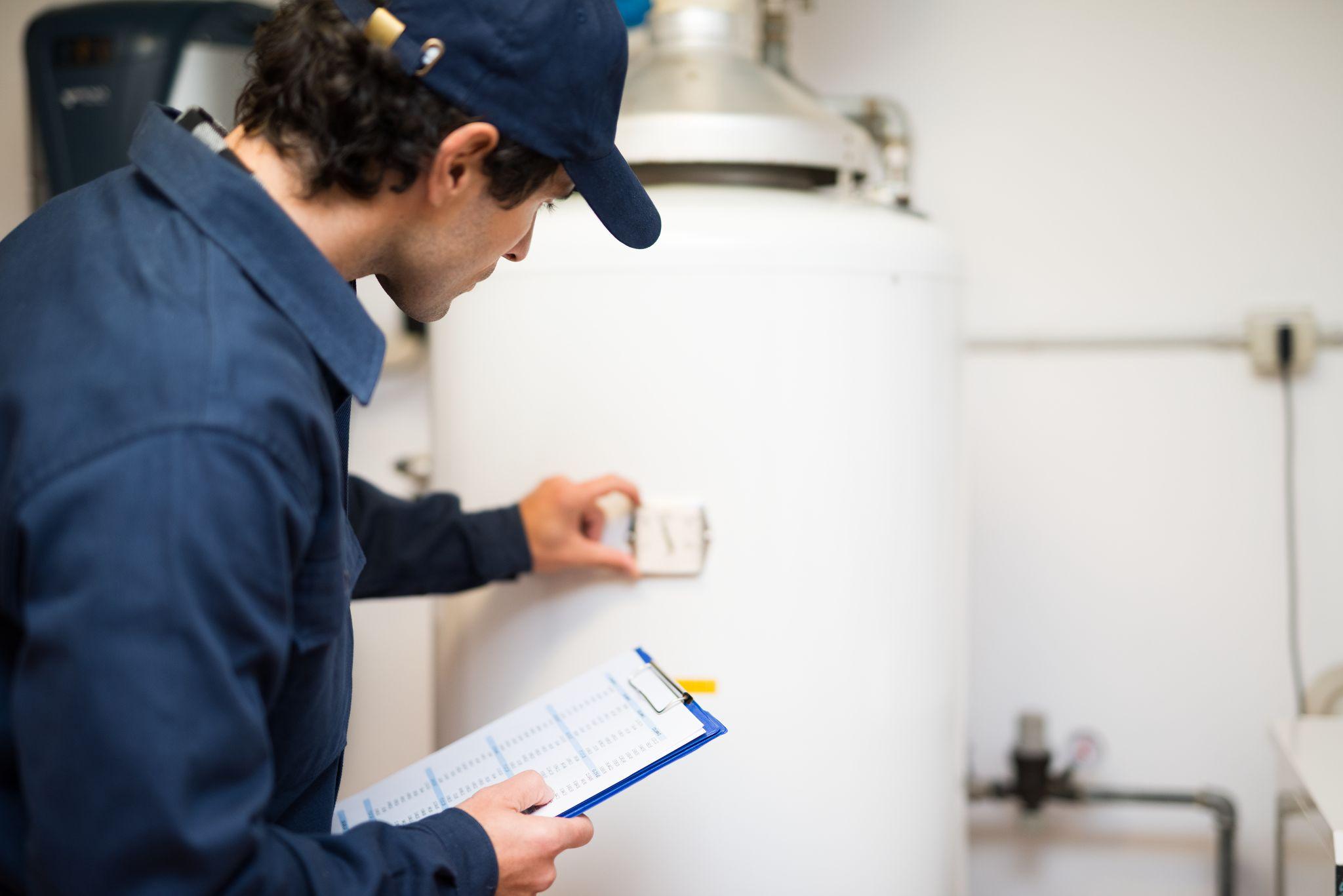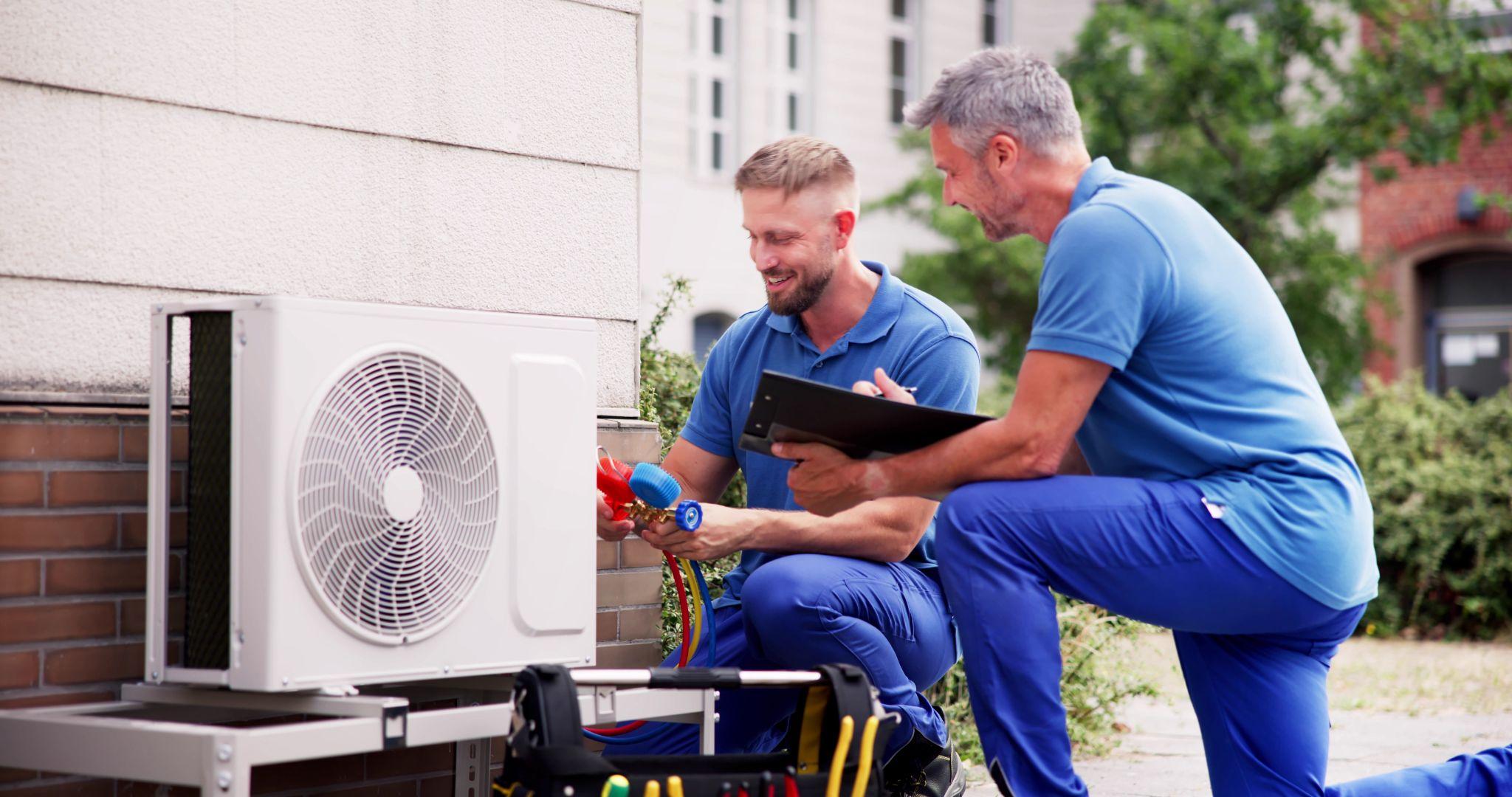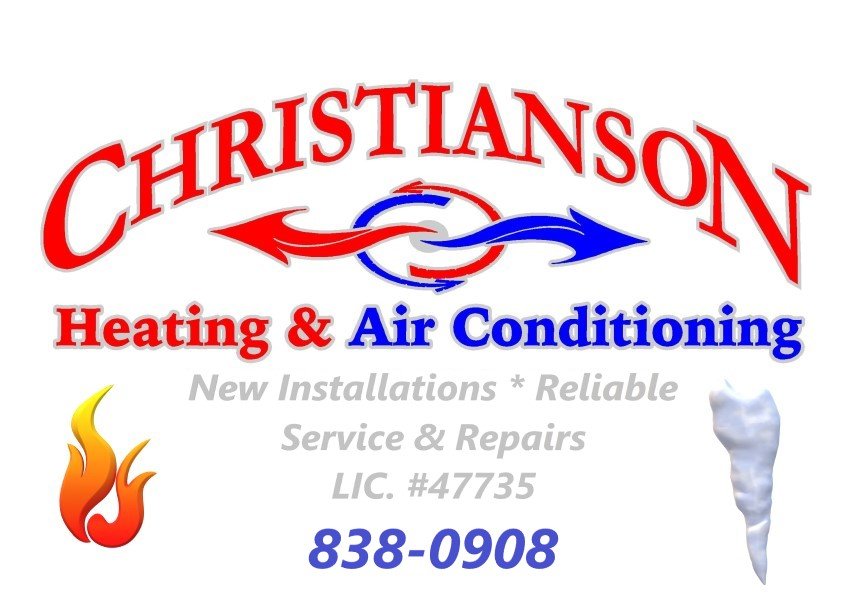Christianson Air Conditioning And Plumbing Round Rock Tx

Nobody enjoys a malfunctioning air conditioner, especially during a hot Texas summer. At Christianson Air Conditioning and Plumbing, we understand how frustrating it can be when your AC isn't performing as it should. This guide focuses on one common problem: reduced airflow. We'll walk you through diagnosing the issue and attempting some simple fixes before you need to call a professional.
Understanding Reduced Airflow
Reduced airflow means your AC isn't pushing enough cool air through your vents. You might notice some rooms are significantly warmer than others, or the AC unit seems to be running constantly without adequately cooling your home. This not only affects your comfort but also increases your energy bills and puts unnecessary strain on your system. Address it promptly!
Step 1: The Obvious Checks
Before diving into anything complicated, let's start with the basics. These simple checks can often resolve the issue quickly.
Check Your Thermostat
Is your thermostat set correctly? Ensure it's in "Cool" mode and the temperature is set lower than the current room temperature. Sounds obvious, but it's easily overlooked. Also, confirm the batteries are fresh, as a weak battery can cause inaccurate readings or thermostat malfunction.
Inspect the Air Filter
This is the most common culprit behind reduced airflow. A dirty air filter restricts airflow significantly. Locate your air filter (usually in the return air vent or the air handler itself). Remove the filter and hold it up to the light. If you can barely see through it, it's time for a replacement.
How to Replace Your Air Filter:
- Turn off your AC unit at the thermostat.
- Remove the old filter. Note the size and direction of airflow (usually indicated by an arrow on the filter frame).
- Insert the new filter, matching the airflow direction.
- Turn your AC unit back on.
Pro Tip: Set a reminder to check your air filter monthly, and replace it every 1-3 months, depending on usage and air quality.
Step 2: Vent Inspection and Room Closure
Next, let's examine your vents and how you're using your rooms.
Ensure Vents are Open and Unobstructed
Walk through your home and make sure all supply vents (the ones blowing air) are fully open. Check for any obstructions like furniture, rugs, or curtains blocking the airflow. Even a partially blocked vent can significantly reduce airflow in that room.
Consider Room Closures
Closing vents in unused rooms might seem like a good way to conserve energy, but it can actually harm your system. Closing too many vents can increase pressure in the ductwork, reducing overall airflow and potentially damaging the blower motor. Only close vents in rooms that are never used, and even then, leave them slightly ajar.
Step 3: Outdoor Unit Inspection
Now, let's head outside to inspect the outdoor unit (the condenser).
Check for Obstructions
The outdoor unit needs adequate airflow to dissipate heat. Make sure there are no shrubs, vines, or debris blocking the unit. Aim for at least 2-3 feet of clearance around the unit. Remove any leaves, grass clippings, or other debris that may have accumulated inside or around the unit.
Inspect the Fins
The fins surrounding the outdoor unit help dissipate heat. Over time, they can become bent or damaged, reducing their efficiency. Carefully straighten any bent fins using a fin comb (available at most hardware stores). Be gentle to avoid further damage.
Step 4: Indoor Unit Inspection (Air Handler)
This step involves inspecting the air handler, usually located in your attic, closet, or basement.
Check for Leaks in the Ductwork
Visually inspect the visible ductwork for any obvious leaks or tears. Leaky ducts can waste a significant amount of conditioned air. Seal any small leaks with duct tape (specifically designed for ducts, not regular tape). For larger leaks or damaged sections, professional repair is recommended.
Listen for Unusual Noises
While the unit is running, listen closely for any unusual noises coming from the air handler. Squealing, grinding, or rattling sounds could indicate a problem with the blower motor or other components. Turn off the unit immediately and call a professional if you hear any concerning noises.
Step 5: Resetting the System
Sometimes, a simple reset can resolve minor issues.
Turn Off the Power
Completely turn off the power to your AC unit at the breaker box. Wait for 5-10 minutes, then turn the breaker back on. This can sometimes reset the system and clear any temporary glitches.
When to Call Christianson Air Conditioning and Plumbing
If you've followed these steps and are still experiencing reduced airflow, it's time to call in the professionals. Here are some situations where expert help is essential:
- Refrigerant Leaks: If you suspect a refrigerant leak (e.g., ice buildup on the coils, hissing sound), do not attempt to fix it yourself. Refrigerant is harmful and requires specialized equipment and training to handle safely.
- Frozen Evaporator Coil: A frozen evaporator coil indicates a serious problem, often related to refrigerant levels or airflow issues. Turn off the unit immediately and call a professional. Running the unit with a frozen coil can damage the compressor.
- Blower Motor Problems: If the blower motor is making strange noises or not running at all, it needs professional attention. Replacing a blower motor requires specialized knowledge and tools.
- Damaged Ductwork: Extensive damage to the ductwork, especially if it's inaccessible or requires significant repairs, is best left to the experts.
- Electrical Issues: Any electrical problems with your AC unit should be handled by a qualified electrician. Never attempt to repair electrical components yourself unless you are a trained professional.
- You've tried everything and nothing has worked: Sometimes, the problem is simply too complex to diagnose and fix without specialized equipment and expertise.
Preventative Maintenance: Key to Avoiding Airflow Issues
The best way to prevent reduced airflow and other AC problems is to schedule regular preventative maintenance with Christianson Air Conditioning and Plumbing. During a maintenance visit, our technicians will:
- Clean the coils and fins
- Check refrigerant levels
- Inspect and clean the blower motor
- Inspect the ductwork for leaks
- Test the electrical components
- Ensure proper airflow
Regular maintenance can extend the life of your AC system, improve its efficiency, and prevent costly repairs down the road.
Additional Tips for Optimal Airflow
- Use Ceiling Fans: Ceiling fans can help circulate air and improve comfort, reducing the strain on your AC system.
- Close Curtains and Blinds: During the hottest part of the day, close curtains and blinds to block sunlight and reduce heat gain.
- Seal Windows and Doors: Ensure windows and doors are properly sealed to prevent air leaks.
- Consider a Smart Thermostat: Smart thermostats can learn your preferences and adjust the temperature automatically, optimizing energy efficiency and comfort.
At Christianson Air Conditioning and Plumbing in Round Rock, TX, we're committed to helping you stay comfortable all year round. By following these troubleshooting steps and scheduling regular maintenance, you can keep your AC system running smoothly and efficiently. Don't hesitate to contact us if you need professional assistance! We are always available to answer your questions and provide expert service.










